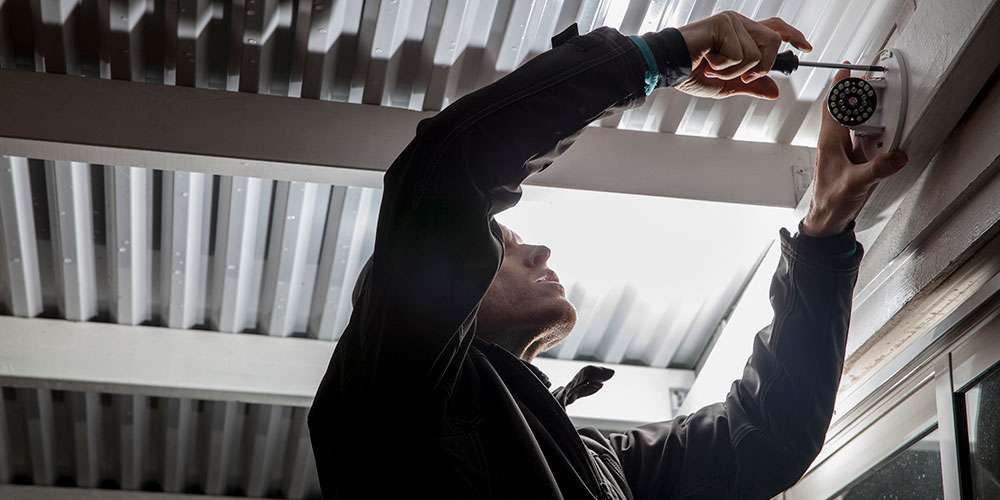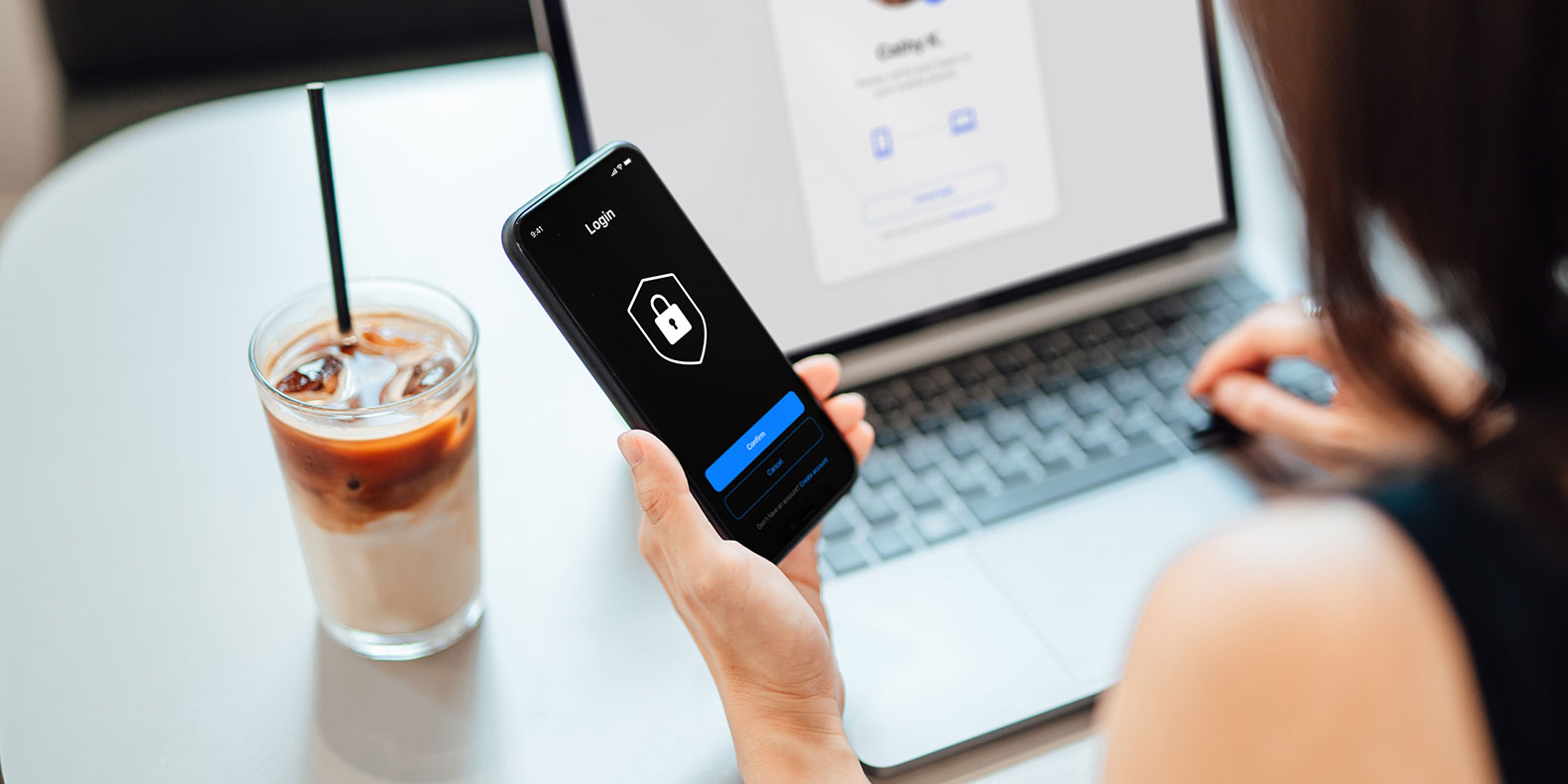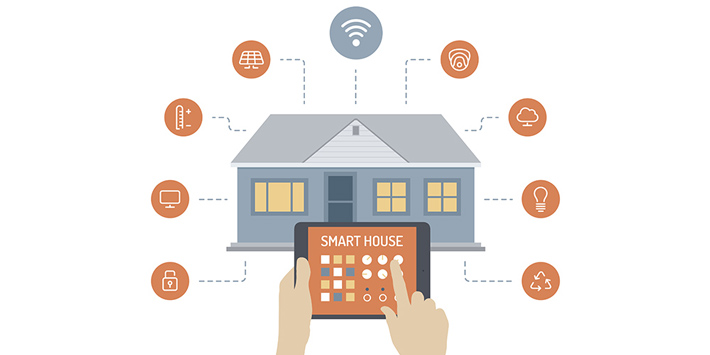Smart lighting can be a great addition to your home automation system to improve convenience, save money on electricity bills and increase energy efficiency.
Below, we overview how to properly utilize smart lighting equipment. We cover product research, smart home automation system integration and security vendor coordination.
1. Understand Available Smart Lighting Products
Smart lighting equipment comes in all shapes, sizes and functionalities, which means you first need to understand the products available. Smart lighting equipment you may want to consider includes:
- Light bulbs: Swap out your old bulbs with smart ones, and connect new lighting to your existing home network.
- Plugs: Smart plugs integrate with your wall or socket, and function by connecting to a hub through your home Internet connection.
- Switches: These will replace old light switches. Setup is often more complex due to wiring and power configuration.
Understand what is needed to set up your smart lights prior to purchasing. Do your research to see if:
- Installation is doable, and equipment is compatible with your existing home automation or security system.
- Smart lighting equipment is a good fit for your home and family’s needs.
- Products are Z-Wave certified.
2. Connect To Home Automation and Security Systems
Once you have your smart lighting equipment installed, it’s time to connect it with your home automation and security system. Consider integrating your smart lighting equipment in the following ways:
- Consolidate your smart lights into a single application. This will allow you to control your lights no matter where you are via smartphone, tablet or laptop.
- Install motion sensors with smart lights. Pair with motion senors to trigger smart lights automatically when you enter a room.
- Sync smart lights with Amazon Echo. Amazon Echo allows homeowners to control smart lights via voice command. For example, group lights in your bedroom, and turn them on by saying “turn on master bedroom lights.”
- Schedule lights. Set lights so that they turn on or off at specific times. For example, if you arrive home from work at 5:30 p.m., adjust settings to turn lights on upon your arrival.
- Utilize geofencing software. Define geographical boundaries using global positioning system (GPS) or radio frequency identification (RFID). Connect to smart lights to automatically turn on/off your system upon your arrival/departure or when your smartphone approaches your home. Never come home to a dark house again.
3. Work With Your Home Security System Vendor
Your home security vendor is here to help. When configuring smart lighting into your home automation and security systems, work closely with your vendor to ensure installation is done properly and to avoid mistakes from DIY setup.
Are you interested in purchasing smart lighting equipment? Contact a professional today!



